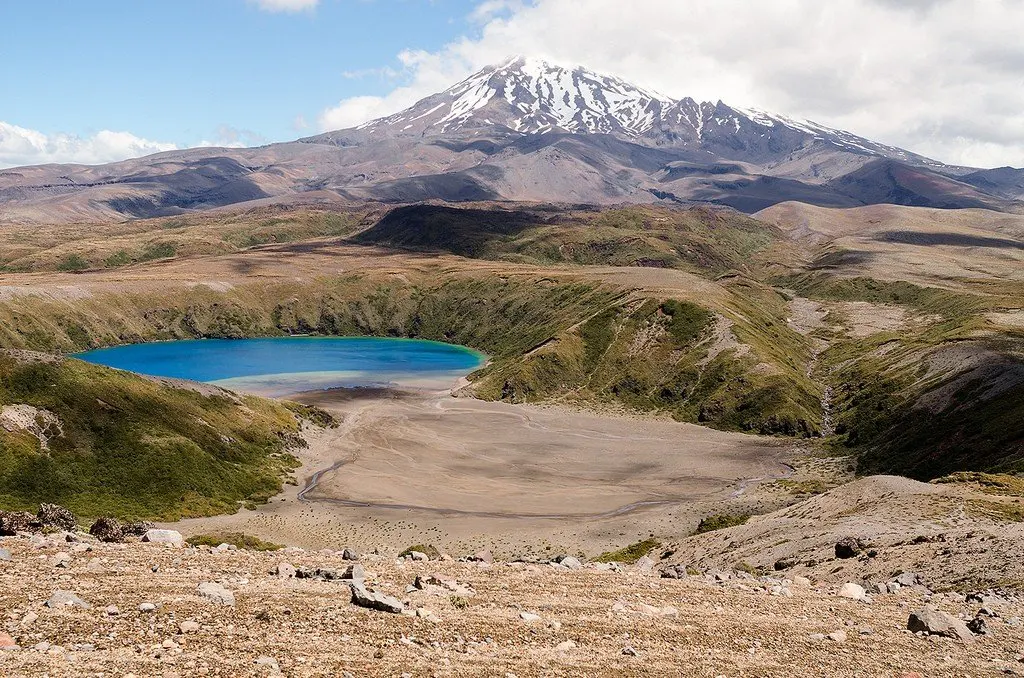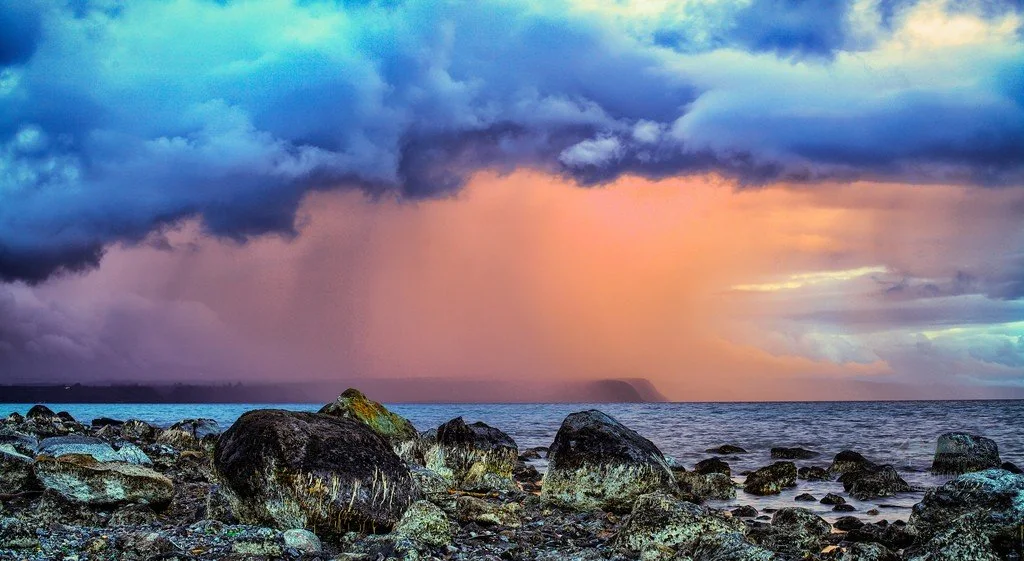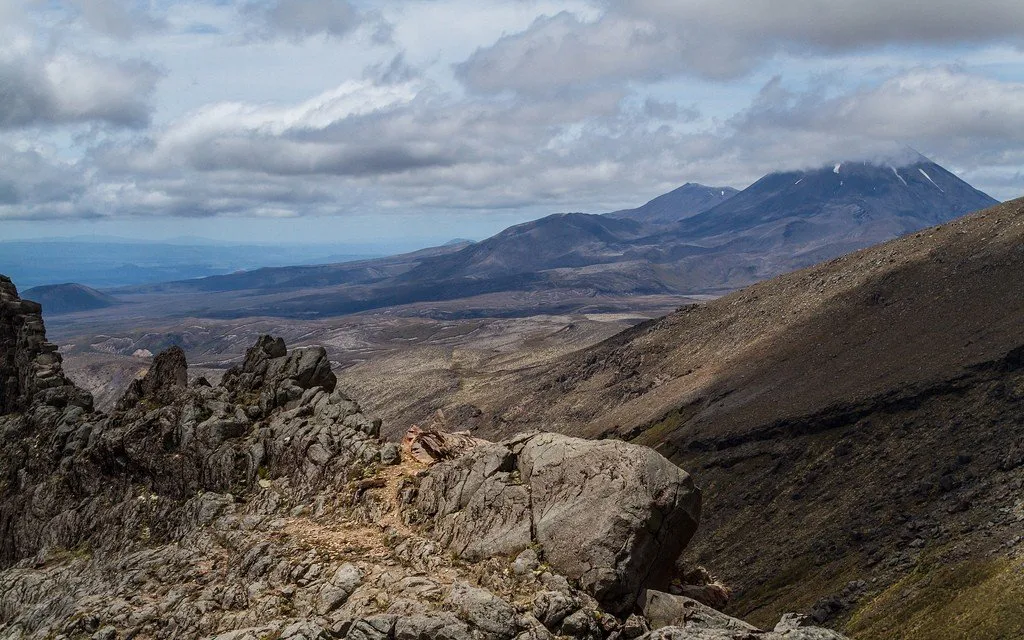Tongariro National Park in central North Island is New Zealand's oldest nature reserve. It enjoys continued popularity due to its grandiose landscapes and natural wonders.
 |
| Tongariro National Park Unesco |
General Information
Tongariro National Park is surrounded by lush vegetation on one side and overwhelming desert plateau on the other. The waves of its crystal-clear lake splash against the shores of solidified lava. Above them, on the tops of volcanoes, eternal snows whiten. The Maori natives revere Tongariro as a sacred place. The three active volcanoes Tongariro (1968 m), Ngauruhoe (2291 m) and Ruapehu (2797 m) still occupy a central place in Maori legends and myths today.
 |
| Tongariro National Park Unesco |
Facts
- Location and size: Tongariro National Park is located on the North Island in New Zealand. This is the oldest New Zealand reserve, founded in 1894. Its total area is about 796 square meters. km.
- Altitude: Most of the plateau rises above sea level to an altitude of 500 to 2797 m. Three active volcanoes Tongariro (1968 m), Ngauruhoe (2291 m) and Ruapehu (2797 m).
- UNESCO World Heritage List: Tongariro was inscribed on the UNESCO World Heritage List in 1991.
- Maori: Tongariro is an important sacred site for the Maori tribe. The Maori are the natives of New Zealand and it is believed that they settled on the islands between the 8th and 14th centuries, moving from Polynesia in several waves of migration.
- Mount Ngauruhoe is known as Mount Doom from the film version of The Lord of the Rings.
Legends tell of Ngatoroirangi, the leader of the Tauharethoa tribe. To assert his power over this land, Ngatoroirangi had to climb Mount Tongariro and light a fire there. Taking with him only the servant girl Aurukhoe, the leader went to the mountain, but it was so cold there that he almost froze to death. In desperation, he called out to his sisters, who were high priestesses in their homeland of Hawaii. They heard the desperate call of their brother and caused the earth to crack, so that the innermost fire blazed from there. To thank the god of the volcano, Ngatoroirangi sacrificed his faithful maid to him. And since then, the Maori have called the mountain Ngauruhoe, in memory of the unfortunate victim.
 |
| Tongariro National Park Unesco |
Descendants of Ngatoroiranga still dwell in the vicinity of Mount Tongariro, their great shrine. When in the 19th century Since the beginning of the mass migration of whites, the supreme leader of the tauharetoa, Te Heuheu Tukino IV, tried to prevent them from seizing the lands of his tribe with the help of diplomatic tricks. In 1887, he gave the British crown three volcanoes in exchange for a promise to establish a protected area around them. Thus, the holy places were in the center of the Tongariro National Park, founded in 1894.
There are three famous volcanoes in the center of the national park. And although, according to geological concepts, they are all active, only Ruapehu erupts quite often.
Volcanic and other tectonic activity has turned most of the Tongariro National Park into a bare highland with a few green landscapes interspersed.
These sites have become a haven for abundant flora and fauna. Meadow grasses, lichens, alpine shrubs and conifers grow on the border of eternal snows.
More than 50 different species of birds live in the forests on the slopes of volcanoes, including the famous kiwi, which has become the symbol of New Zealand.